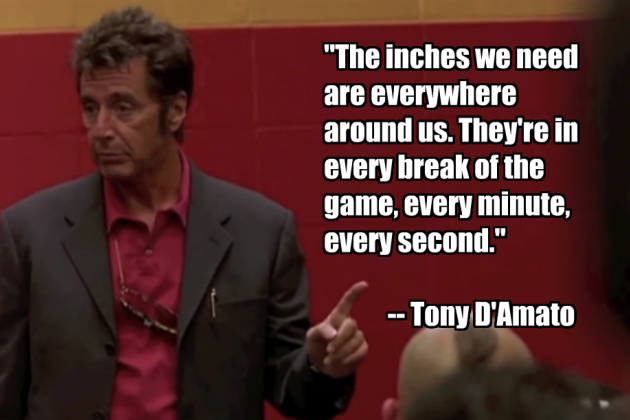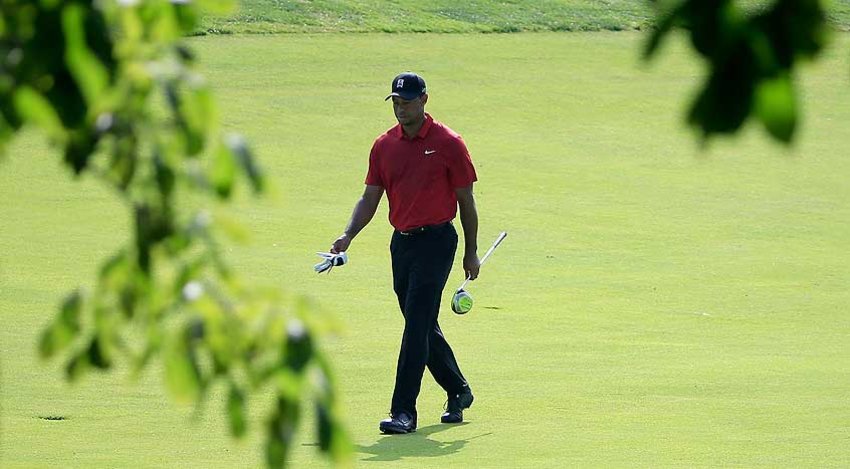- Il prossimo 28 giugno centinaia di atleti parteciperanno alla 40^ edizione della Pistoia-Abetone. Ad attenderli ci sarà un duro percorso di 50 km. Possiamo dare qualche consiglio su come affrontare al meglio questa gara?
La pazienza è la prima qualità che deve dimostrare di possedere un ultra-maratoneta. All’inizio della gara ci si deve annoiare, nel senso che il ritmo della corsa deve essere facile ma non bisogna cadere nella tentazione di correre più veloce di quello che si è programmato.
- In una competizione così lunga sono inevitabili i momenti di crisi. Come è possibile superarli?
Nella corsa di lunga distanza le difficoltà sono inevitabili, quindi la domanda non è tanto “se ci troveremo in difficoltà” ma “quando verrà quel momento cosa devo fare per superarlo”. La risposta non può essere improvvisata in quel momento ma deve essere già pronta, poiché anche in allenamento avremo incontrato difficoltà di quel tipo. Quindi in allenamento: “come mi sono comportato, che cosa ho pensato, quali sensazioni sono andato a cercare dentro di me per uscire da una crisi?”. In gara abbiamo dentro di noi queste risposte, dobbiamo tirarle fuori. Ogni runner in quei momenti deve servirsi della propria esperienza, mettendo a fuoco le immagini e le emozioni che già in passato gli sono state utili.
- Malgrado le difficoltà e i sacrifici per affrontare una gara di lunga distanza, il popolo dei maratoneti è in aumento. Come si spiega questa tendenza?
La corsa corrisponde a un profondo bisogno dell’essere umano. Infatti noi siamo geneticamente predisposti alla corsa di lunga distanza e più in generale si può affermare che il movimento è vita mentre la sedentarietà è una causa documentata di morte. Sotto questo punto di vista la corsa si è tramutata nelle migliaia di anni in attività necessaria per sopravvivere agli attacchi degli animali e per procacciarsi il cibo in un’attività che viene oggi svolta per piacere e soddisfazione personale. Inoltre, oggi come al tempo dei nostri antenati, la corsa è un fenomeno collettivo, è un’attività che si svolge insieme agli altri. Per l’homo sapiens era un’attività di squadra, svolta dai cacciatori per cacciare gli animali; ai nostri tempi la corsa soddisfa il bisogno di svolgere un’attività all’aria aperta insieme ai propri amici.
- Cosa non bisognerebbe mai fare a livello mentale in una competizione sportiva?
Non bisogna mai pensare al risultato ma concentrarsi nel caso della corsa sul proprio ritmo e sulla sensazioni fisiche nelle parti iniziali e finali della gara. Nella fase centrale è meglio avere pensieri non correlati al proprio corpo.
- Chi è per lei un campione?
Chiunque sia in grado di soddisfare i propri bisogni è il campione di se stesso e deve essere orgoglioso di avere raggiunto questo obiettivo personale. Quando invece ci riferiamo con questo termine ai top runner, i campioni sono quelli che riescono a mantenere stabili per un determinato periodo di tempo prestazioni che sono oggettivamente al limite superiore delle performance umane nella maratona e che in qualche occasione sono riusciti a superare.
- Nella sua esperienza di psicologo al seguito di atleti partecipanti alle Olimpiadi, c’è un ricordo o un aneddoto che le è rimasto nel cuore?
Prima di prove importanti i campioni provano le stesse emozioni di ogni altra persona. Spesso le percepiscono in maniera esagerata, per cui possono essere terrorizzati di quello che li aspetta. La differenza con gli altri atleti è che invece riescono a dominarle e a fornire prestazioni uniche. Ho vissuto questa esperienza per la prima volta ad Atlanta, 1996, in cui un atleta che poi vinse la medaglia d’argento, non voleva gareggiare in finale perché si sentiva stanco ed esausto. Questa stessa situazione l’ho incontrata in altre occasioni ma questi atleti sono sempre riusciti a esprimersi al loro meglio nonostante queste intense espressioni di paura.
- Analizzando il panorama dell’atletica italiana, si ha la sensazione che i risultati migliori arrivino da atleti anagraficamente non così giovani come ad esempio negli anni Ottanta e che il vivaio di talenti stenti a decollare. Quale interpretazione possiamo dare di questo fenomeno e come evitare l’alta percentuale di drop-out sportivo nell’adolescenza?
Nel libro intitolato “Nati per correre” di A. Finn e dedicato agli atleti keniani vengono prese in considerazioni molte ipotesi sul loro successo emerge con chiarezza che la molla principale risiede nel loro desiderio di avere successo.
“Prendi mia figlia, ha aggiunto, è bravissima nella ginnastica, ma non credo farà la ginnasta. Probabilmente andrà all’università e diventerà medico. Ma un bambino keniano, che non fa altro che scendere al fiume per prendere l’acqua e correre a scuola, non ha molte alternative all’atletica. Certo anche gli altri fattori sono determinanti, ma la voglia di farcela e riscattarsi è la molla principale” (p.239).
- Si può affermare che la pratica di uno sport svolga un ruolo di prevenzione rispetto a disturbi mentali quali l’ansia e la depressione?
Lo sport e l’attività fisica promuovono il benessere se vengono svolte come attività del tempo libero e per il piacere di sentirsi impegnati in qualcosa che si vuole liberamente fare. Al contrario quando vengono svolte allo scopo di fornire prestazioni specifiche possono determinare, come qualsiasi altra attività umana, difficoltà di ordine psicologico e fisico. Direi che vale anche per lo sport e l’attività fisica la stessa regola che è valida per qualsiasi attività umana. Il problema non proviene da cosa si fa: sport agonistico o ricreativo ma da come si fa: crescita e soddisfazione personale o ricerca del risultato a ogni costo e dagli obiettivi del contesto sociale e culturale nel quale queste attività vengono praticate: sviluppare la persona attraverso lo sport o vincere è l’unica cosa che conta.
(From Runners e benessere, Giugno 2015)









